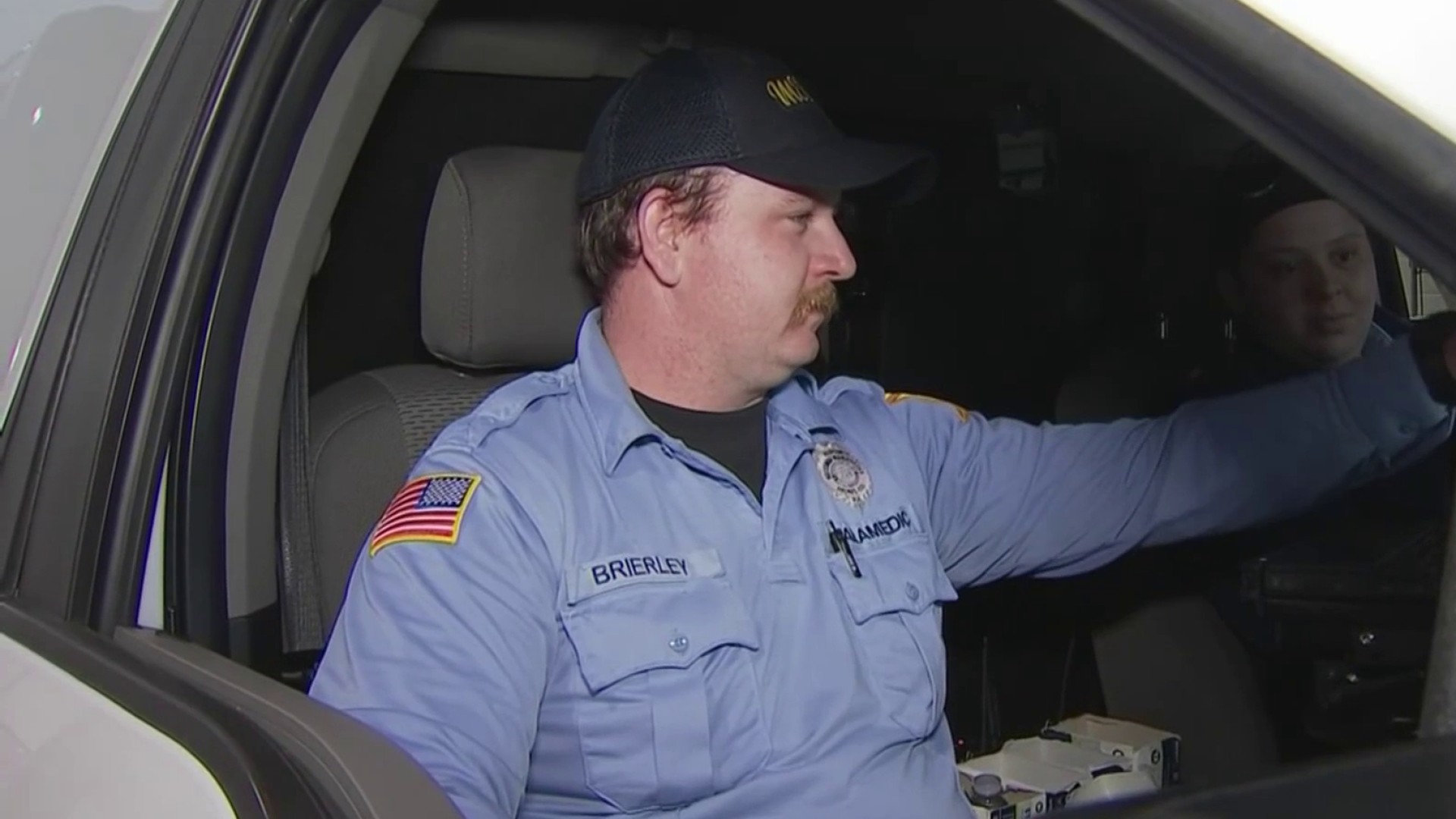The Disney movie Frozen plays on the family room television as 7-year-old Stephanie Johns, clad in a gray t-shirt that reads, “Dreams Do Come True” and cloud-covered navy pajama pants, goofs off with her 5-year-old brother, Harrison, and 3-year-old sister, Lauren. But the seemingly typical bedtime routine could be interrupted at any moment if the second grader suffers a seizure due to a rare disease.
“It is always being on guard, wondering what is going to come next,” said Stephanie’s Mom, Colleen Johns, 42, of Narberth.
A desire to quell that uncertainty and obtain more funding for medical research led the Johns family to Capitol Hill, where Stephanie stood beside Congressman Mike Fitzpatrick when he called for continued research funding for Tuberous Sclerosis Complex (TSC) last Wednesday.
"Having Stephanie on the House floor with me put my call for TSC research funding beyond just words -- it showed my colleagues onboth side of the aisle the face of a courageous young girl fighting this real life condition," said Fitzpatrick, who is a member of the Rare Disease Caucus. "She represents every child across our nation who stands to benefit from targeting our efforts to beat TSC."
The Tuberous Sclerosis Alliance are thankful for Stephanie's bravery and for the attention the politician and child brought to the disorder.
“It is the first time a Congressman has gone on the floor and mentioned this disease,” said Jaye Isham, a Tuberous Sclerosis Alliance spokesman. “For our community, just to hear those words soak in on the floor of Congress is a huge thing.”
TSC is a genetic disorder that causes non-malignant tumors to form in many organs, including the brain, heart, kidneys, eyes and skin, according to the Tuberous Sclerosis Alliance website.
While the tumors are not cancerous, their locations can cause a myriad of problems, including seizures, headaches, nausea, learning disabilities and behavioral issues.
“It is like walking through a minefield,” Isham said. “Parents don’t know what is going to happen the next day.”
“Looking at her, you wouldn’t know she has tumors all over,” said Colleen while recalling Stephanie’s last seizure that occurred when she was about 3 ½ years old.
“[My husband and I] were awake watching TV and she was lying between us,” Colleen said. “She just sat up and her lips started smacking and they were blue.”
Stephanie, who recently switched schools to help accommodate her learning needs, is actually quite fortunate considering she hasn’t suffered a seizure since then, said Colleen, who has met others affected by TSC who have as many as 30 seizures a day.
“There is a huge variability in how patients with TSC present,” said Dr. Mustafa Sahin, a neurology specialist at Boston Children’s Hospital who researches the disease.
Isham added, “I’ve met adults with it who are in wheelchairs and have to wear diapers and helmets, and then I’ve met other people [with TSC] who have PhDs and are physicians.”
Approximately 1 million people worldwide and 50,000 Americans have been diagnosed with TSC.
Nearly one-third of those affected inherited a mutated gene from one of their parents, while the remaining two-thirds – including Stephanie – got TSC when a spontaneous and unpredictable genetic mutation occurred during conception or in the early development stages of the human embryo.
Yet much about the disease, which affects more people in the U.S. than better-known disorders like cystic fibrosis or amyotrophic lateral sclerosis (Lou Gehrig’s disease), remains unknown.
“We believe a better understanding of TSC can give us clues about epilepsy, autism, intellectual disability, cancer, [and] metabolic diseases such as diabetes,” Dr. Sahin said. “The cellular pathway centrally involved in TSC is critical in normal development and many disease processes.”
The National Institute of Health reports research and treatment projects for TSC received about $20 million in funding in 2013. For comparison, about $39 million was allotted towards Lou Gehrig’s disease in 2013 and nearly $78 million towards cystic fibrosis.
“Most of the research done in TSC has been done in cancer cells,” Dr. Sahin said. “But to understand TSC and its effects in the brain better, we need to focus on the role of TSC genes in nerve cells.”
Stephanie, who has regular checkups with more than seven specialists and her primary care doctor, doesn’t fully understand the extent of her condition yet, but understood the gravity of standing on the Congressional floor, Colleen said.
Colleen says, “She knows going to Congress was really important because she was helping people.”
Local
Breaking news and the stories that matter to your neighborhood.
Contact Alison Burdo at 610.668.5635, alison.burdo@nbcuni.com or follow @NewsBurd on Twitter.



